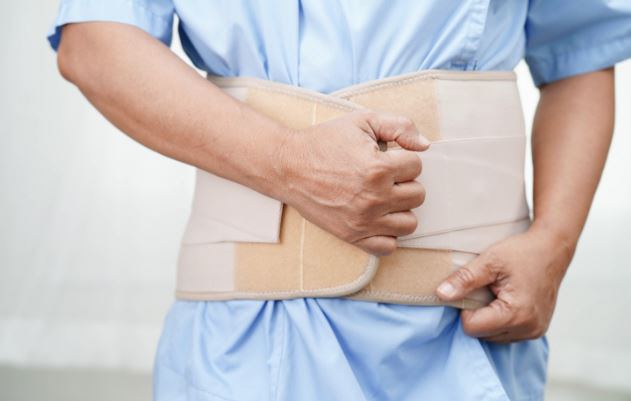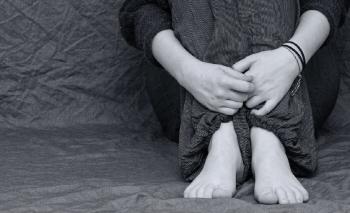If you wear waist guards every day, it's actually not good for your back
Back pain is a common symptom that anyone can experience at least once in their daily lives. The causes of pain vary, including incorrect posture, excessive exercise, traffic accidents, and cases caused by lifting heavy objects. In addition, pain may occur as the muscle strength weakens with age. In the end, this pain can be attributed to the weakening of the structure that supports the waist.
When back support is weakened and pain occurs, many people often wear waist guards to relieve symptoms. Wearing a protector can give you a temporary feeling of pain relief. Cho Eui-jin, director of Suwon Nanuri Hospital's Spine Center, said, `The waist brace serves to hold the waist stably instead of the muscles that support the waist, namely the standing muscles on the back and the abdominal muscles on the stomach"Acute back pain or short-term wear in certain situations can help protect and prevent the waist", he explained.
However, wearing it every day or for a long time can rather harm back health. This is because when the protector replaces the role of the muscle, the use of the muscle naturally decreases, resulting in the muscle becoming weaker. Eventually, as it becomes difficult to support the waist on its own, it becomes more dependent on the protector, and the possibility of degenerative spinal disease increases. In addition, when worn for a long time, the blood flow may not be smooth due to pressure on the waist, and the surrounding muscles may gradually weaken.
Therefore, it is recommended to wear it temporarily immediately after acute low back pain or back surgery, but long-term use is recommended.
"If you have persistent pain, it is important to consult a professional medical staff for appropriate treatment rather than relying on a waist guard," said Cho Eui-jin. "To prevent back pain, it is better to maintain the right posture and change posture or get up and move every 30 minutes. In addition, posture and exercise can be a fundamental solution, such as lying on your stomach for 10 to 20 seconds within painless range, raising your upper body, or repeating exercises that anyone can easily do, such as buddock (a posture that looks like a bird by lifting one arm and leg while touching the floor with two arms and two legs)" he advised.
When back support is weakened and pain occurs, many people often wear waist guards to relieve symptoms. Wearing a protector can give you a temporary feeling of pain relief. Cho Eui-jin, director of Suwon Nanuri Hospital's Spine Center, said, `The waist brace serves to hold the waist stably instead of the muscles that support the waist, namely the standing muscles on the back and the abdominal muscles on the stomach"Acute back pain or short-term wear in certain situations can help protect and prevent the waist", he explained.
However, wearing it every day or for a long time can rather harm back health. This is because when the protector replaces the role of the muscle, the use of the muscle naturally decreases, resulting in the muscle becoming weaker. Eventually, as it becomes difficult to support the waist on its own, it becomes more dependent on the protector, and the possibility of degenerative spinal disease increases. In addition, when worn for a long time, the blood flow may not be smooth due to pressure on the waist, and the surrounding muscles may gradually weaken.
Therefore, it is recommended to wear it temporarily immediately after acute low back pain or back surgery, but long-term use is recommended.
"If you have persistent pain, it is important to consult a professional medical staff for appropriate treatment rather than relying on a waist guard," said Cho Eui-jin. "To prevent back pain, it is better to maintain the right posture and change posture or get up and move every 30 minutes. In addition, posture and exercise can be a fundamental solution, such as lying on your stomach for 10 to 20 seconds within painless range, raising your upper body, or repeating exercises that anyone can easily do, such as buddock (a posture that looks like a bird by lifting one arm and leg while touching the floor with two arms and two legs)" he advised.
|
This article was translated by Naver AI translator.




